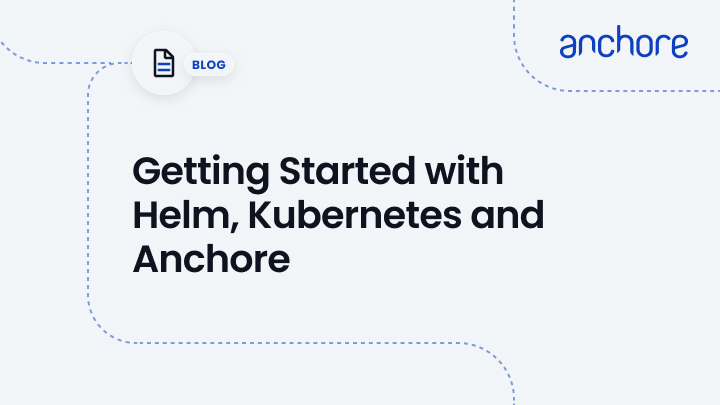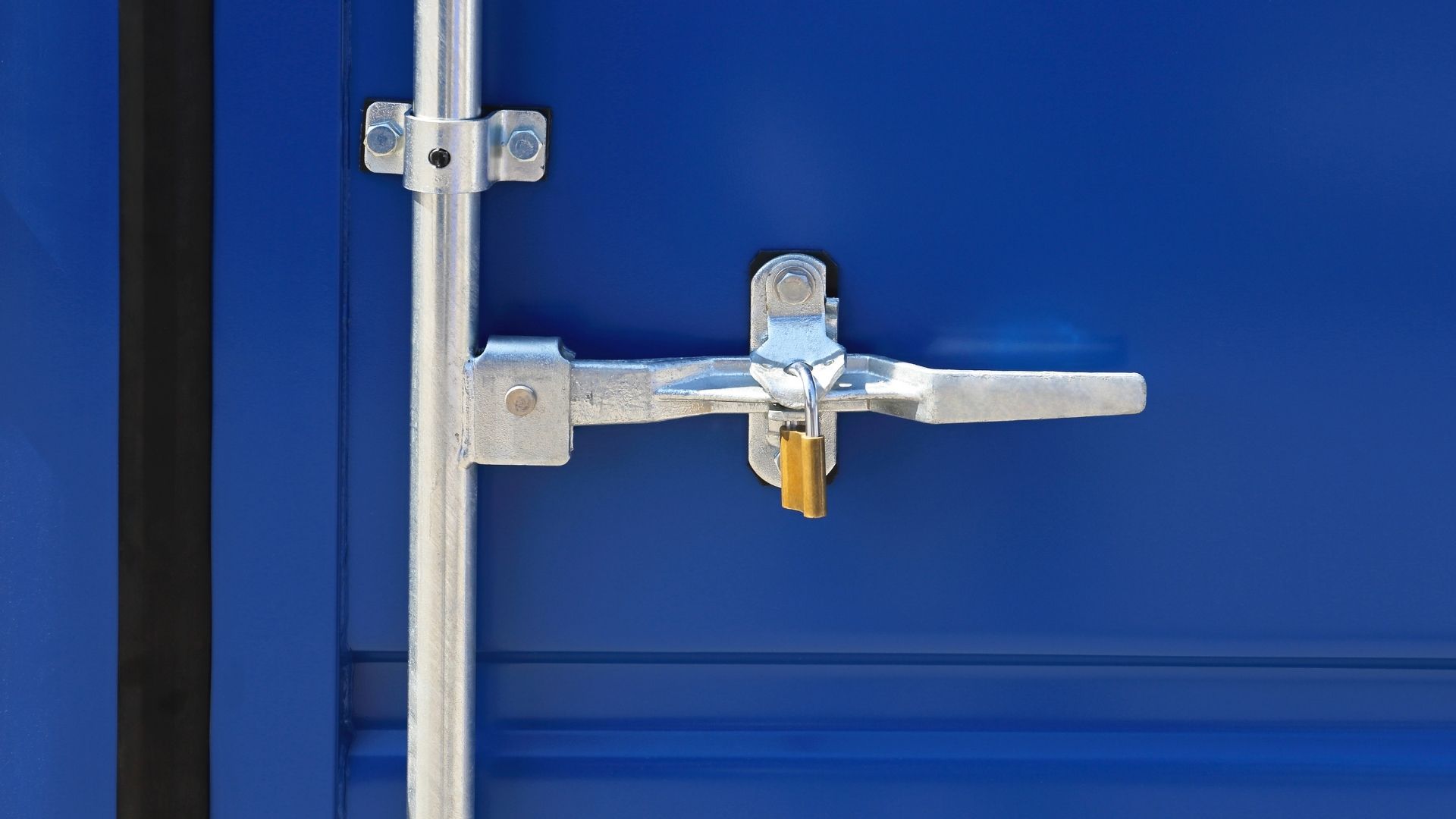We see a lot of people asking about standing up Anchore for local testing on their laptop and in the past, we’ve detailed how to use Docker to do so. Lately, I have been frequently asked if there’s a way to test and learn with Anchore on a laptop using the same or similar deployment methods as what would be used in a larger deployment.
Anchore installation is preferably done via a Helm chart. We can mirror this on a laptop using MiniKube, as opposed to the instructions to use docker-compose to install Anchore. MiniKube is a small testing instance of Kubernetes you can install on your laptop, whether you use Windows, Linux or macOS. Instructions on installing the initial MiniKube virtual machine are here.
Prerequisites are different for your platform so read closely. On macOS You need only install VirtualBox, Homebrew, and issue the following command:
brew cask install minikube kubernetes-cliOnce the installation is complete, you can start your minikube instance with the following command:
minikube startOnce minikube has started, we can grab helm from the Kubernetes GitHub repository:
curl https://raw.githubusercontent.com/kubernetes/helm/master/scripts/get > get_helm.sh
chmod 700 get_helm.sh
./get_helm.shOr on macOS:
brew install kubernetes-helmThat will install the latest version of Helm for us to use. Let’s now create a role for helm/tiller to use. Place the following in a file called clusterrole.yaml:
apiVersion: rbac.authorization.k8s.io/v1
kind: ClusterRole
metadata:
annotations:
rbac.authorization.kubernetes.io/autoupdate: "true"
labels:
kubernetes.io/bootstrapping: rbac-defaults
name: cluster-admin
rules:
- apiGroups:
- '*'
resources:
- '*'
verbs:
- '*'
- nonResourceURLs:
- '*'
verbs:
- '*'
To create the cluster role, let’s run this command:
kubectl create -f clusterrole.yamlNow we’ll create a service account to utilize this role with these commands:
kubectl create serviceaccount -n kube-system tillerkubectl create clusterrolebinding tiller-cluster-rule --clusterrole=cluster-admin --serviceaccount=kube-system:tillerLet’s now initialize helm:
helm init --service-account tillerWe can verify if that worked with the following command:
kubectl --namespace kube-system get podsIn that output, you should see a line showing a namespace item of “tiller-deploy” with a status of “running.”
Once we have that installed, let’s install Anchore via the helm chart:
helm install --name anchore-demo stable/anchore-engineThis will install a demo instance of Anchore engine that allows anonymous access. You may want to consult our documentation on helm installs here for more detailed or specific types of configurations to install.
Hopefully, you now have a local copy of Anchore to use on your local development processes using MiniKube and Helm.



